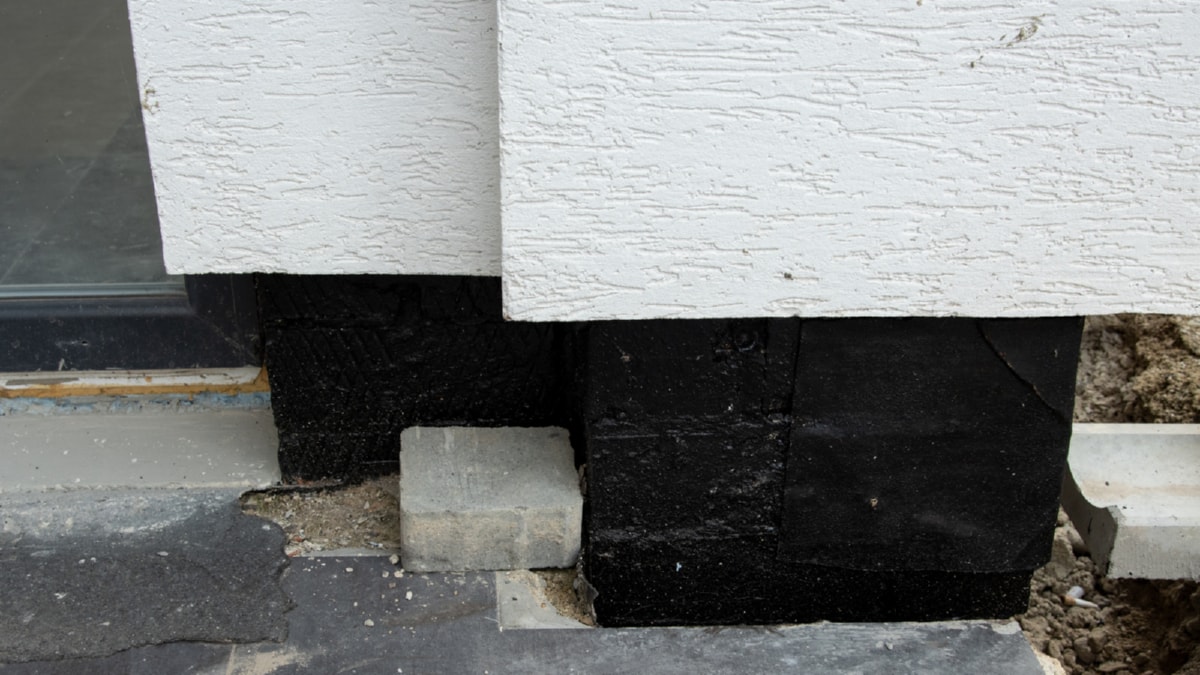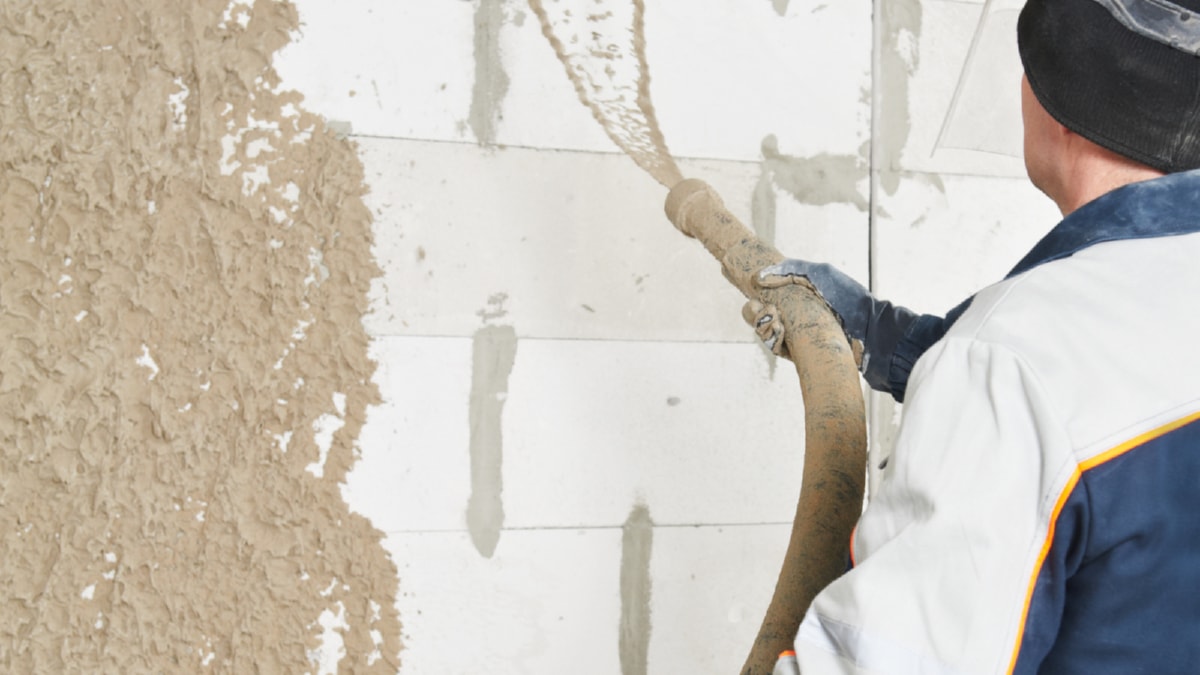Getting to Know the Fundamentals of Home Building
Home building can seem a daunting task for those not familiar with the industry. However, a thorough knowledge of the basics can make the process much smoother. This article aims to provide a simple guide to residential construction, emphasizing crucial aspects you need to know before embarking on a building project.
The first step in residential construction is to determine the type of home you intend to build. This decision will dictate the construction process and the resources needed. There are several types of homes to choose from, including condominiums, each with their unique construction requirements.
Planning and designing are key stages in the process. To ensure that the home meets your needs and preferences, work with an experienced architect who can translate your vision into a practical design. This stage involves creating floor plans, choosing materials, and determining the layout of rooms.
When the design is finalized, the actual construction begins. Starting with site preparation, workers clear the land, level the plot, and set up the foundation. The frame of the house is then constructed, followed by the installation of the roof, windows, and doors. Next, the interior work starts, which includes insulation, drywall, flooring, and painting.
Finally, the exterior fantastic of the home is finished with siding, while landscaping is done to enhance the property’s curb appeal. After the final touches and inspections, the home is ready for occupancy.
A Guide to Eco-Friendly Construction Methods
As the construction industry evolves, so does its commitment to environmental sustainability. More than ever, builders and homeowners are turning to green construction methods to reduce their environmental impact. Here’s a brief guide to some of these techniques.
One popular green building practice is using sustainable materials, such as recycled steel, bamboo, and reclaimed wood. These materials not only reduce waste but also contribute to a building’s energy efficiency.
Another approach is to incorporate energy-efficient systems into the design, such as solar panels and geothermal heating. These systems can significantly cut down a home’s energy consumption and generate savings in the long run.
Water conservation is also a key focus in green construction. Techniques such as rainwater harvesting and greywater recycling can help conserve water resources and reduce utility bills.
Lastly, creating a excellent green living space extends beyond the construction process. It involves adopting sustainable living practices, such as reducing waste, recycling, and composting.
In conclusion, opting for sustainable building techniques can make a significant difference in the environmental impact of a building project. As you plan your next construction project, consider these eco-friendly approaches for a green and cost-effective result.
For more details, check best Asphalt Maintenance Services Quakertown or visit their Asphalt Maintenance business listing here.




